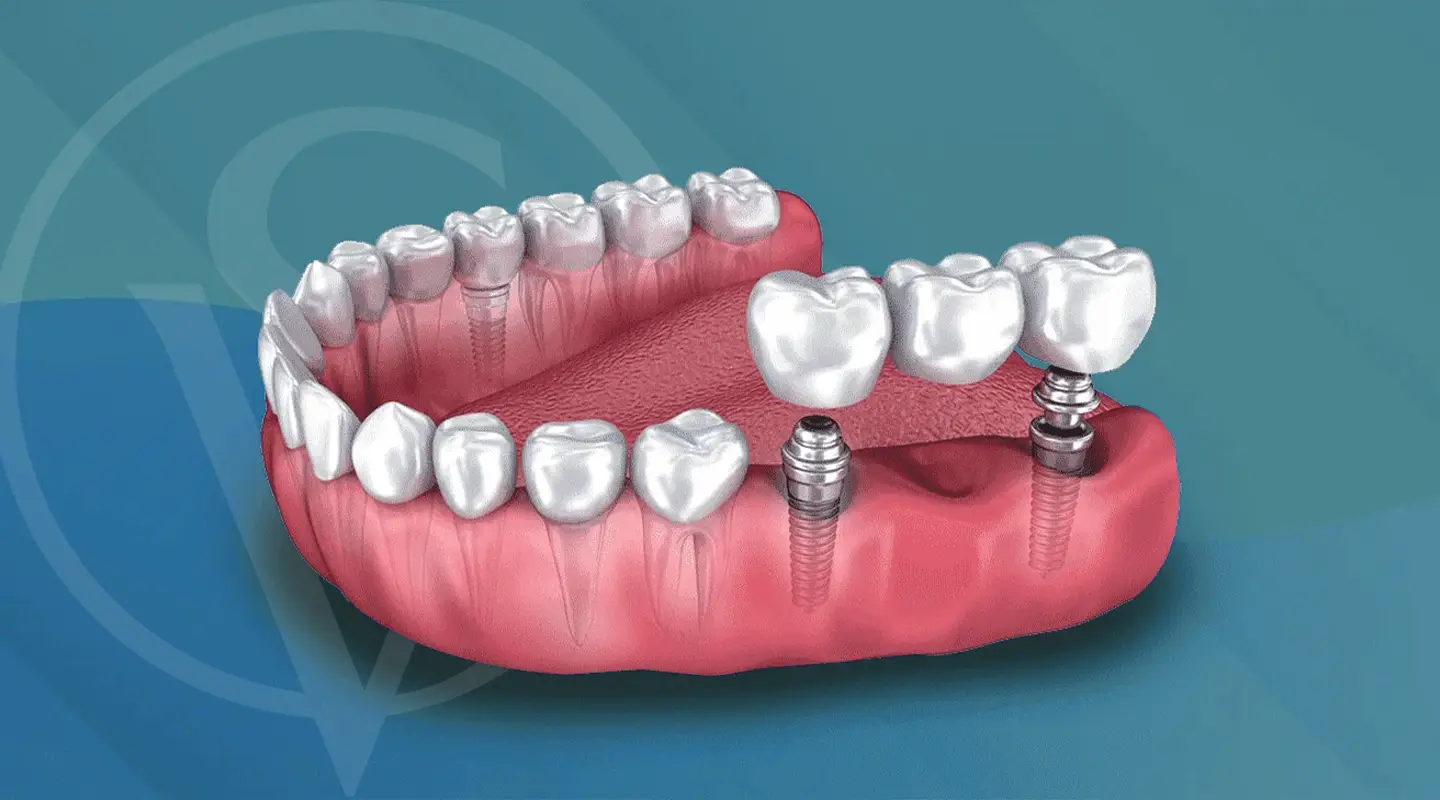
The loss of a permanent tooth, whether due to trauma, decay, or congenital factors, represents not only a functional deficit but often a significant blow to a person’s self-confidence and overall oral aesthetics. Historically, the primary non-removable solutions for single-tooth replacement involved either a conventional fixed bridge—which mandates the irreversible reduction of the two adjacent, often healthy teeth—or a dental implant, a process requiring surgery and a lengthy healing period. Positioned uniquely between these two modalities is the Maryland Bridge, a restorative option that offers a critical balance of stability, non-invasiveness, and cost-effectiveness. Officially termed a Resin-Bonded Fixed Partial Denture (RBFPD), this restoration is a testament to the evolution of adhesive dentistry, providing a means to replace a missing tooth while preserving the maximum amount of native tooth structure on the adjacent abutments. Understanding the mechanics, the meticulous requirements for proper placement, and the specific circumstances where it excels is vital for both practitioners and patients navigating the spectrum of tooth replacement choices.
The loss of a permanent tooth represents not only a functional deficit but often a significant blow to a person’s self-confidence
The physical structure of a Maryland Bridge is fundamentally distinct from its conventional counterpart. It consists of three primary components: a pontic, which is the artificial tooth replacing the missing one, and one or two metal or ceramic wings, or retainers, that extend from the pontic. Instead of wrapping around the adjacent teeth like a crown, these wings are bonded to the lingual (tongue-side) or palatal surfaces of the neighboring teeth. The magic of this design lies in its conservative approach to the abutments. Preparation for a Maryland Bridge involves minimal, or often zero, reduction of the enamel surface. The dentist may only need to lightly roughen the bonding surface to ensure a strong mechanical and chemical bond, thereby keeping the adjacent teeth almost entirely intact. This preservation of healthy tooth structure is its single most compelling advantage, especially in younger patients or those with pristine, untouched adjacent teeth where the aggressive preparation required for a traditional bridge is ethically difficult to justify.
The physical structure of a Maryland Bridge is fundamentally distinct from its conventional counterpart
The success of a Resin-Bonded Fixed Partial Denture is intrinsically tied to the materials used and the precision of the bonding procedure. Early iterations of the Maryland Bridge, which used non-precious metal alloy wings, were plagued by high debonding rates—the wings frequently detached from the abutment teeth. This failure was often attributed to the inherent weakness of the bonding agents available at the time, coupled with the differing coefficients of thermal expansion between the metal and the tooth structure, which introduced stress during eating. Modern advancements have largely mitigated these issues through the utilization of high-strength ceramics, such as zirconia or reinforced porcelain, for the wings. Ceramic wings offer improved aesthetics, as they can be matched to the natural tooth color, eliminating the visible metallic shadow often associated with older designs. Crucially, contemporary resin cements and advanced surface conditioning techniques, including air-abrasion and specialized primers, create a vastly superior bond strength, dramatically enhancing the longevity and reliability of the restoration under the complex occlusal forces of chewing.
Modern advancements have largely mitigated these issues through the utilization of high-strength ceramics
Patient selection and anatomical location are crucial determinants of the Maryland Bridge’s suitability. This bridge performs optimally in areas of low occlusal (biting) stress, making it an excellent choice for replacing missing anterior (front) teeth, such as central or lateral incisors. In these locations, the primary forces are shear forces, which the adhesive bond is best equipped to resist. Conversely, its application in the posterior (back) segments—molars or even some premolars—is generally approached with far greater caution. The heavy, compressive forces generated during molar chewing place enormous stress on the bonded wings, leading to a much higher failure rate. Furthermore, the bridge is ideally suited for patients with a favorable bite relationship, meaning a stable, non-destructive occlusion where there are no heavy, lateral or eccentric forces that could prematurely shear the wings off the abutments. An unstable or deep bite often acts as a contraindication, as the constant destructive force will compromise even the strongest adhesive bond.
This bridge performs optimally in areas of low occlusal stress, making it an excellent choice for replacing missing anterior teeth
The preparation and cementation protocol for a Maryland Bridge is a meticulous procedure, demanding exceptional technical skill and a rigid control of the clinical environment. Achieving an enduring bond requires absolute moisture control—the bonding surfaces must be perfectly isolated from saliva contamination, often utilizing a rubber dam, a feat that is technically challenging on lingual tooth surfaces. The dentist must also ensure that the design of the wings and the placement of the pontic do not interfere with the patient’s existing bite, a concept known as achieving proper clearance. If the pontic is too tall or the wings prevent the opposing teeth from contacting the abutments correctly, the restoration will fail rapidly under functional load. Furthermore, the internal surface of the retainer wings must be carefully treated—often etched or sandblasted—to maximize the surface area and texture for the chemical bonding agent to key into, a step that is fundamental to the structural integrity of the final restoration.
Achieving an enduring bond requires absolute moisture control
A major consideration favoring the Maryland Bridge is its status as a potentially reversible procedure. Unlike a traditional crown and bridge, which involves the irreversible removal of significant enamel and dentin, the preparation for a Maryland Bridge is typically minimal or confined to the enamel. If the restoration fails, or if the patient later decides to pursue a dental implant, the adjacent abutment teeth remain largely untouched and undamaged, preserving all future treatment options. This reversibility makes it an attractive “transitional” or “interim” solution, particularly for younger patients who may not yet be candidates for a permanent implant due to skeletal immaturity, or for patients with limited financial resources seeking a less costly, functional, and aesthetic fix while they save for a more definitive option. It provides an immediate cosmetic and functional improvement without foreclosing future, more complex interventions.
This reversibility makes it an attractive transitional or interim solution
Despite its advantages in invasiveness and reversibility, the Maryland Bridge is not immune to potential complications and esthetic compromises, particularly in highly visible areas. While modern ceramic wings improve aesthetics, the wings still cover a portion of the lingual surface, and in rare cases, especially with thinner teeth or specific lighting conditions, the cement or the wing structure itself can cause a subtle darkening or graying effect (show-through) that can be visible through the translucent enamel of the front teeth. Furthermore, long-term maintenance can be an issue. The space beneath the pontic must be meticulously cleaned by the patient using specialized floss threaders, as inadequate hygiene can lead to plaque accumulation, gum inflammation, and decay on the abutment teeth beneath the bonded wings. Patient compliance with these specific, often challenging, hygiene requirements is paramount to the restoration’s long-term survival.
The space beneath the pontic must be meticulously cleaned by the patient using specialized floss threaders
Compared to dental implants, the Maryland Bridge has a specific, defined place in the restorative hierarchy. Implants are generally considered the gold standard for single-tooth replacement because they are entirely standalone, preserving adjacent teeth, and they provide the crucial mechanical stimulus to the jawbone (osseointegration) that prevents bone resorption. However, implants are invasive, time-consuming, and carry higher upfront costs. The Maryland Bridge offers an immediate, non-surgical solution that is less reliant on the patient’s bone quality or systemic health, making it an excellent alternative for patients who are medically compromised, have inadequate bone for an immediate implant, or simply desire a rapid, fixed solution. The two options are not mutually exclusive; they represent different endpoints on the spectrum of fixed prosthodontics, each tailored to specific patient needs and clinical scenarios.
Compared to dental implants, the Maryland Bridge has a specific, defined place in the restorative hierarchy
Maintenance and monitoring are key to the extended lifespan of a Maryland Bridge. Regular dental check-ups must include a meticulous examination of the bond margin around the wings. Any sign of debonding, however slight, must be addressed immediately, as a partial bond failure allows micro-leakage—the ingress of oral fluids and bacteria beneath the wing—which can rapidly lead to secondary decay on the abutment tooth, the very complication the non-invasive nature of the bridge was designed to avoid. Furthermore, the integrity of the opposing bite must be periodically re-evaluated to ensure that the patient has not developed any new occlusal habits or wear patterns that place undue force on the bonded retainers. Proactive, preventative intervention at the earliest sign of compromise is far more successful than reactive repair after complete failure.
Regular dental check-ups must include a meticulous examination of the bond margin around the wings
In its current evolution, the Maryland Bridge is a sophisticated and valuable tool in the modern dentist’s arsenal. It represents a commitment to the principles of minimally invasive dentistry, providing a solution that respects the integrity of adjacent healthy teeth. Its utility is highest in the anterior regions, where aesthetics are paramount and biting forces are manageable. While not a universal solution like the dental implant, and not possessing the robustness of a full-coverage bridge, the Maryland Bridge, when meticulously designed, placed using advanced bonding protocols, and paired with appropriate patient selection, offers a reliable, reversible, and highly conservative option for fixed tooth replacement, ensuring that patients do not have to sacrifice healthy tooth structure for the sake of a single missing unit.
